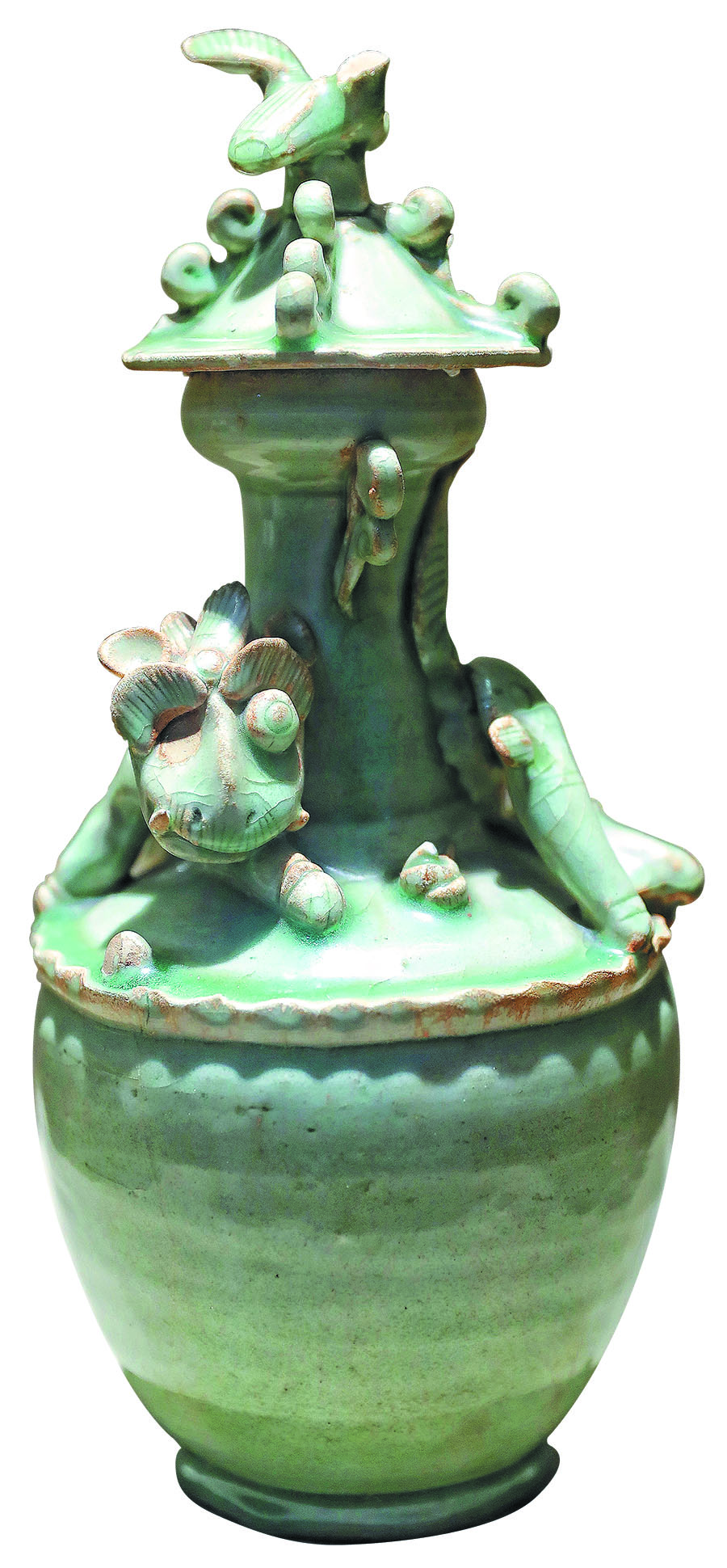

During the late Qing Dynasty (1644-1911), under the influence of the West, Chinese porcelain was being made in colors other than the green favored by the Song Dynasty (960-1279).Some makers used glass and enamel techniques introduced from Europe to produce the multicolored ceramics loved by the imperial family at the Forbidden City.
"China has a 3,000-year history of ceramic making. Our porcelain has absorbed influences from other cultures to enhance itself over generations," Wang says.
Guo Canjiang, a porcelain expert at the Henan Museum in Zhengzhou, says that ceramic is a perfect combination of vessel and culture. From house ware used in ordinary daily life, to artifacts appreciated and collected by the upper classes, it links reality with the spiritual world.
"The charm of ceramic lies in more than its beauty. You can find it embodies poetry, painting, calligraphy, literature, engraving and to some extent, the most advanced techniques of the time," Guo says.
Related: